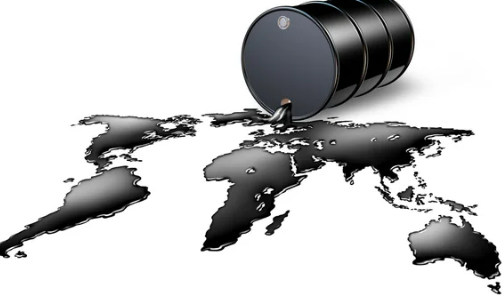
Haiden Holmes
Feb 10, 2023 11:16

Gold prices hovered near a one-month low on Friday, under pressure from rising short-term yields, and were heading for a second consecutive weekly loss as markets revised their expectations for additional Federal Reserve interest rate hikes.
The yellow metal struggled to rebound from last week's steep losses, its worst week of the year to date. Fed Chair Jerome Powell and several other speakers cautioned that interest rates will likely continue to increase.
However, overnight statistics on unemployment claims that were higher than anticipated provided a mixed picture of the labor economy, considering that a strong nonfarm payrolls reading for January shook gold markets last week.
At 19:39 E.T., spot gold was unchanged at $1,861.76 per ounce, while gold futures declined 0.3% to $1,878.0 per ounce (00:39 GMT). This week, both assets were projected to lose around 0.2%.
The likelihood of a U.S. recession increased as a developing inversion in the yield curve signaled economic distress. As short-term yields increased, so did the pressure on non-yielding assets like gold.
As investors reevaluate their expectations for additional interest rate hikes by the Federal Reserve, the gold rally that began the year appears to have lost steam. While a prospective U.S. recession is projected to help gold in the long run, increasing interest rates could present the metal with greater short-term difficulties.
Other precious metals were similarly impacted by yield increases. Futures for platinum declined 0.1% to $959.65 per ounce, while futures for silver plummeted 0.9% to $21.940 per ounce. Likewise, both metals were destined for substantial weekly falls.
Fears of a coming recession were offset by optimism for a demand recovery in China, the world's top importer of the red metal. Copper prices were expected to experience a subdued week among industrial metals.
Futures for high-grade copper slipped 0.1% to $4.0635 a pound and were expected to finish the week essentially unchanged.
This week's focus is on Chinese inflation data to determine whether spending increased in January following the country's easing of most anti-COVID regulations. The rebound of business activity in January was relatively mixed, according to figures released last week.


Feb 10, 2023 11:18